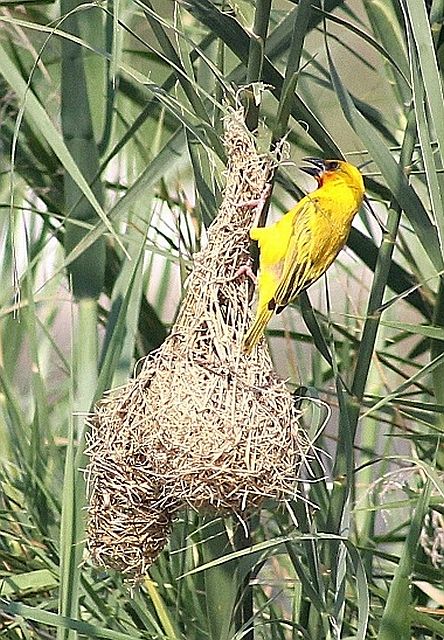Cape Weaver
Posted: Sun Mar 23, 2014 7:37 pm
813. Cape Weaver Ploceus capensis (Kaapse Wewer)
Order: Passeriformes. Family: Ploceidae
Description
Length 17-18 cm, weight: 36-55 g; males larger than females. The Cape Weaver is a stocky bird with streaked olive-brown upper parts and a long pointed conical bill.
Adult male breeding: Head yellow, face with variable chestnut-brown to orange-brown wash. Nape and remainder of upper parts olive green, mantle finely streaked dark olive-brown. Tail olive-brown, rectrices edged greenish yellow. Flight feathers, and greater and median coverts olive-brown, edged greenish yellow. Underwing pale yellowish. Underparts yellow, except for buffy to chestnut-brown or orange-brown chin. Some with breast and belly flecked chestnut-brown. Bill black. Eyes cream to white. Legs and feet brown.
Adlt male non-breeding: As breeding male, but upper parts duller olive green, underparts dull yellow; often lacks chestnut wash on head and throat. Bill brown. Some individual variation in extent of moult into eclipse plumage.
Adult female: Dull olive-brown above; crown and mantle with faint streaking. Tail olive-brown. Wings brown, coverts with narrow greenish-yellow edges. Chin and throat creamy, with yellowish wash. Breast and flanks buffy yellow; belly and vent yellowish, thighs washed olive. Bill brown. Eyes dark brown (rarely cream). Legs and feet brown. Adult females usually have brown eyes, but 19% have pale eyes in summer and thus eye colour alone cannot be used to sex this species.
Juvenile: As adult female, but upper parts more olive green; yellowish margins to wing coverts broader. Eyes of male dark brown, becoming grey-white after 5-8 month. Male only acquires full breeding plumage in second year. Young Cape Weavers have yellow bellies (young Southern Masked Weavers have whitish bellies).
Similar species: Spectacled Weaver smaller and more slightly built, with more slender bill, uniform (not pale-edged) wing coverts and distinctive black eye stripe. Female Village and Southern Masked- Weavers are smaller and usually more brightly coloured, with rather whitish bellies, often with red (not dark brown) eyes; bills shorter.
Distribution
Endemic to South Africa, Lesotho and Swaziland, occurring across much of the area excluding the Kalahari Desert.
Habitat
Open grassland, lowland fynbos, coastal thicket and farmland, provided they have permanent water and trees.
Diet
Omnivorous, as its diet it is pretty much equally split between arthropods and plant matter, especially seeds, fruit and nectar. It forages on the ground and in tree foliage, gleaning food from crevices in bark and hawking insects aerially.
Breeding
Polygynous, territorial colonial nester, as males may have up to 7 female in one breeding season, usually living together in colonies of about 2-20 males. Each builds multiple nests within a small territory, which it vigorously defends against intruders. Females test how a sturdy a nest is by pulling at material in the inside; if it is accepted the female adopts a hunched posture in readiness for mating. The nest is built solely by the male in about 7 days, consisting of a kidney-shaped, fully waterproof structure made of woven broad strips of grass or reeds, usually without an entrance tunnel. If the female accepts, she lines it with fine grass. The nest is typically attached to the tip of a tree branch, especially of a Eucalyptus or willow (Salix), or alternatively in a bank of reeds (Phragmites) or Bulrushes (Typha capensis), on telephone lines or in in fences overlooking water. Egg-laying season is from June-February, peaking from October-January in summer rainfall areas, earlier from August-October in the Western Cape. It lays 2-5 eggs, which are incubated solely by the female for about 13-14 days. The chicks are brooded by the female for the first few nights of their lives, after which she roosts in an adjacent unused nest. They are initially fed mainly by the female, but later the male takes a greater role in providing food; the young leave the nest at about 17 days old.
Call
A harsh azwit, azwit. Listen to Bird Call.
Status
Endemic. Common resident.
Order: Passeriformes. Family: Ploceidae
Description
Length 17-18 cm, weight: 36-55 g; males larger than females. The Cape Weaver is a stocky bird with streaked olive-brown upper parts and a long pointed conical bill.
Adult male breeding: Head yellow, face with variable chestnut-brown to orange-brown wash. Nape and remainder of upper parts olive green, mantle finely streaked dark olive-brown. Tail olive-brown, rectrices edged greenish yellow. Flight feathers, and greater and median coverts olive-brown, edged greenish yellow. Underwing pale yellowish. Underparts yellow, except for buffy to chestnut-brown or orange-brown chin. Some with breast and belly flecked chestnut-brown. Bill black. Eyes cream to white. Legs and feet brown.
Adlt male non-breeding: As breeding male, but upper parts duller olive green, underparts dull yellow; often lacks chestnut wash on head and throat. Bill brown. Some individual variation in extent of moult into eclipse plumage.
Adult female: Dull olive-brown above; crown and mantle with faint streaking. Tail olive-brown. Wings brown, coverts with narrow greenish-yellow edges. Chin and throat creamy, with yellowish wash. Breast and flanks buffy yellow; belly and vent yellowish, thighs washed olive. Bill brown. Eyes dark brown (rarely cream). Legs and feet brown. Adult females usually have brown eyes, but 19% have pale eyes in summer and thus eye colour alone cannot be used to sex this species.
Juvenile: As adult female, but upper parts more olive green; yellowish margins to wing coverts broader. Eyes of male dark brown, becoming grey-white after 5-8 month. Male only acquires full breeding plumage in second year. Young Cape Weavers have yellow bellies (young Southern Masked Weavers have whitish bellies).
Similar species: Spectacled Weaver smaller and more slightly built, with more slender bill, uniform (not pale-edged) wing coverts and distinctive black eye stripe. Female Village and Southern Masked- Weavers are smaller and usually more brightly coloured, with rather whitish bellies, often with red (not dark brown) eyes; bills shorter.
Distribution
Endemic to South Africa, Lesotho and Swaziland, occurring across much of the area excluding the Kalahari Desert.
Habitat
Open grassland, lowland fynbos, coastal thicket and farmland, provided they have permanent water and trees.
Diet
Omnivorous, as its diet it is pretty much equally split between arthropods and plant matter, especially seeds, fruit and nectar. It forages on the ground and in tree foliage, gleaning food from crevices in bark and hawking insects aerially.
Breeding
Polygynous, territorial colonial nester, as males may have up to 7 female in one breeding season, usually living together in colonies of about 2-20 males. Each builds multiple nests within a small territory, which it vigorously defends against intruders. Females test how a sturdy a nest is by pulling at material in the inside; if it is accepted the female adopts a hunched posture in readiness for mating. The nest is built solely by the male in about 7 days, consisting of a kidney-shaped, fully waterproof structure made of woven broad strips of grass or reeds, usually without an entrance tunnel. If the female accepts, she lines it with fine grass. The nest is typically attached to the tip of a tree branch, especially of a Eucalyptus or willow (Salix), or alternatively in a bank of reeds (Phragmites) or Bulrushes (Typha capensis), on telephone lines or in in fences overlooking water. Egg-laying season is from June-February, peaking from October-January in summer rainfall areas, earlier from August-October in the Western Cape. It lays 2-5 eggs, which are incubated solely by the female for about 13-14 days. The chicks are brooded by the female for the first few nights of their lives, after which she roosts in an adjacent unused nest. They are initially fed mainly by the female, but later the male takes a greater role in providing food; the young leave the nest at about 17 days old.
Call
A harsh azwit, azwit. Listen to Bird Call.
Status
Endemic. Common resident.
 © Ronnie
© Ronnie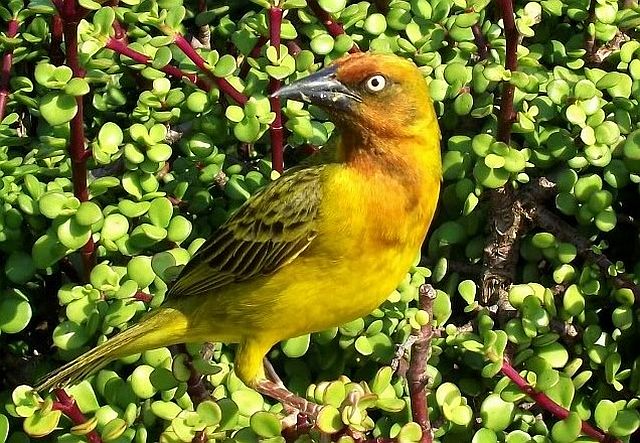 © Ronnie
© Ronnie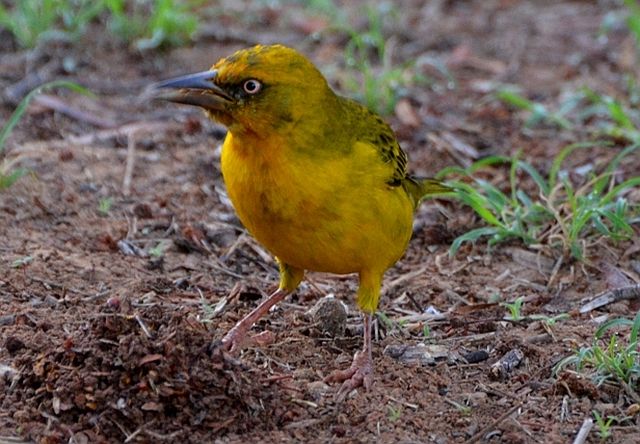 © Mel
© Mel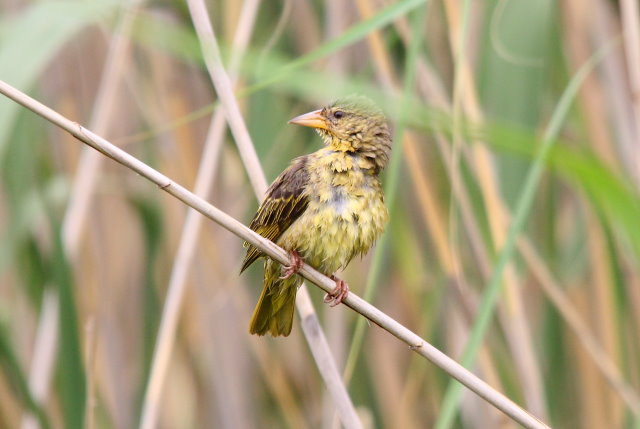 © Flutterby
© Flutterby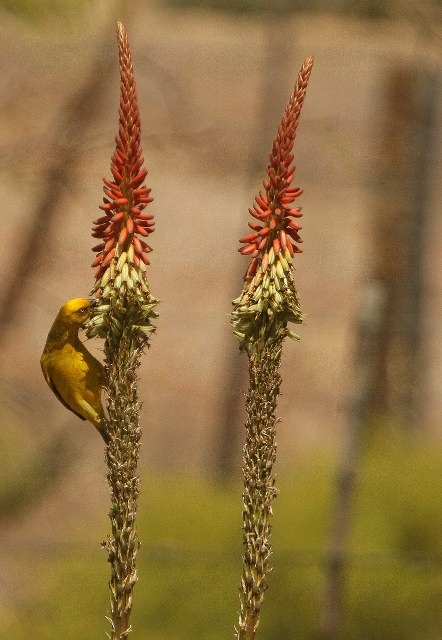 © nan
© nan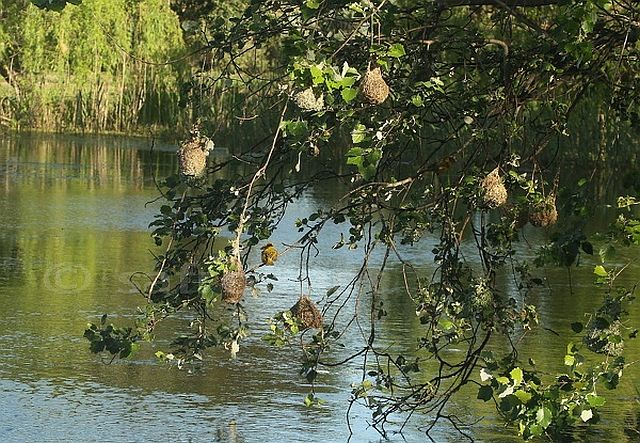 © nan
© nan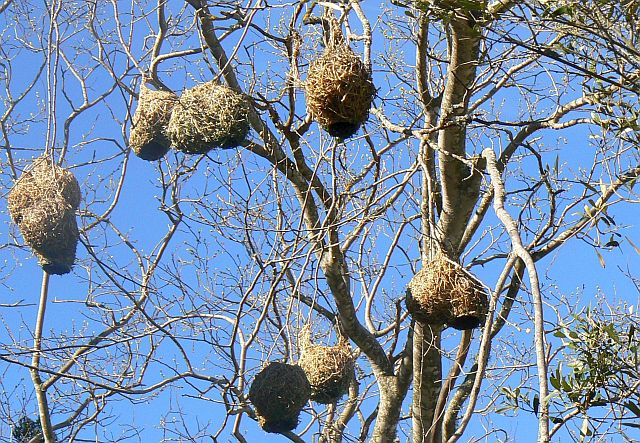 © Toko
© Toko © Toko
© Toko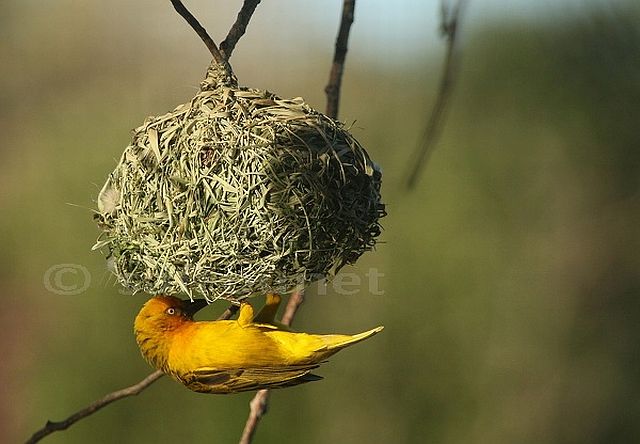 © nan
© nan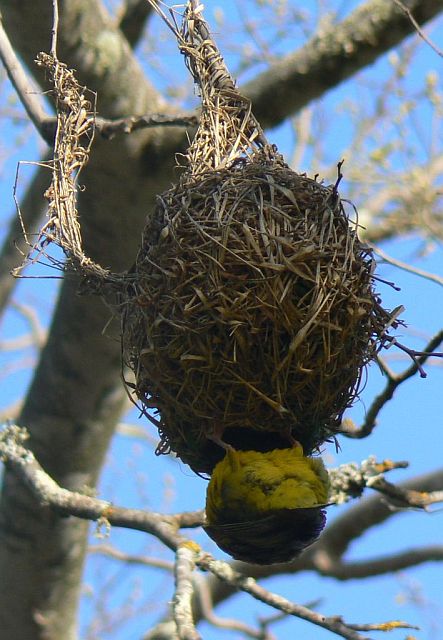 © Toko
© Toko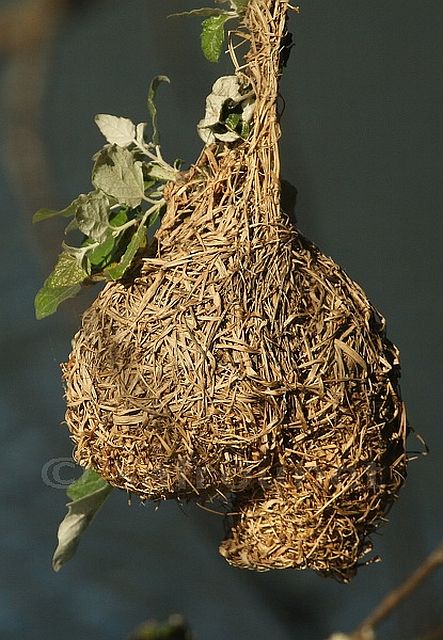 © nan
© nan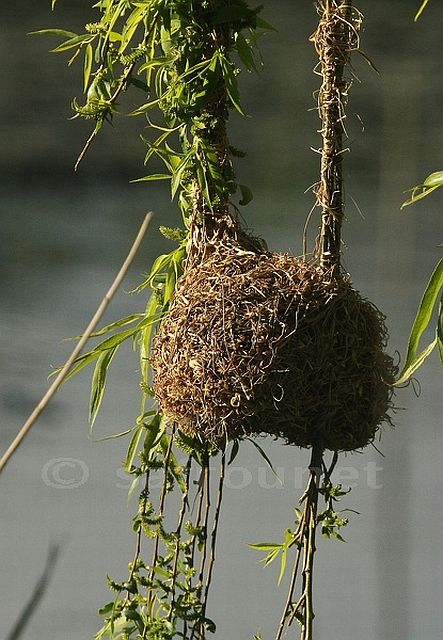 © nan
© nan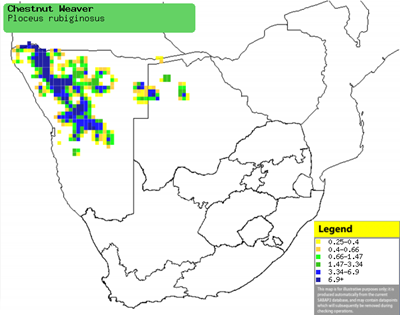
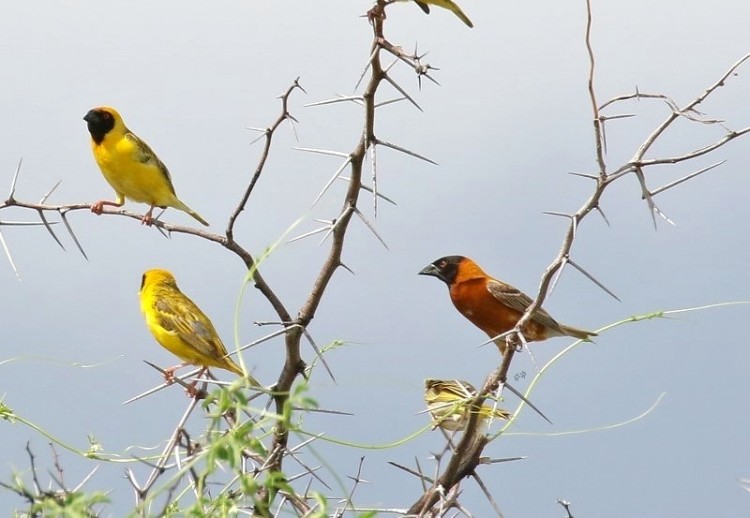 © nan
© nan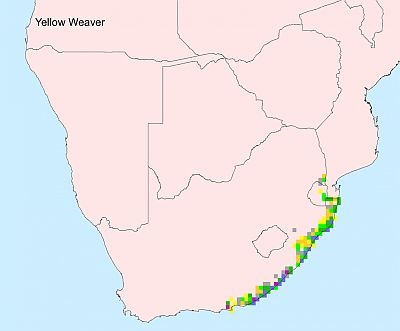
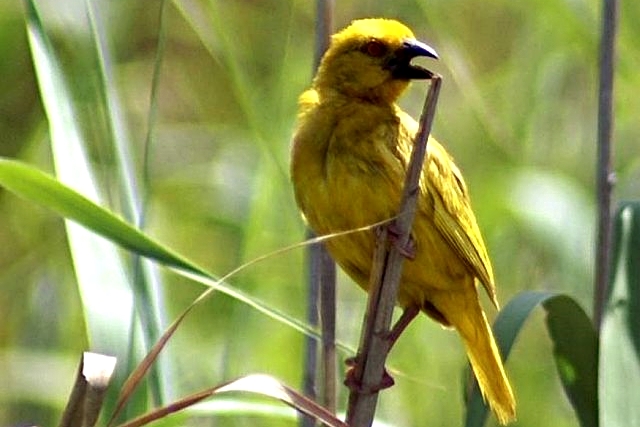 © Toko
© Toko 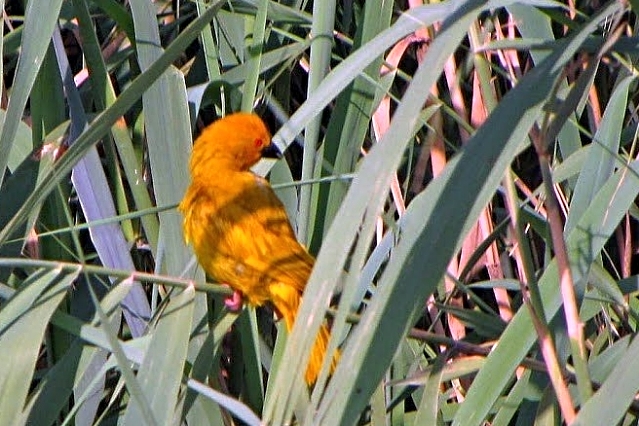 © Lisbeth
© Lisbeth © Lisbeth
© Lisbeth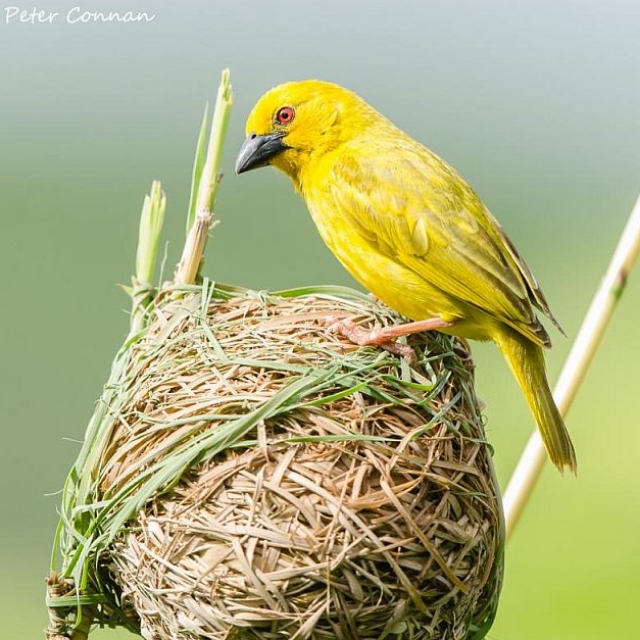 © Peter Connan
© Peter Connan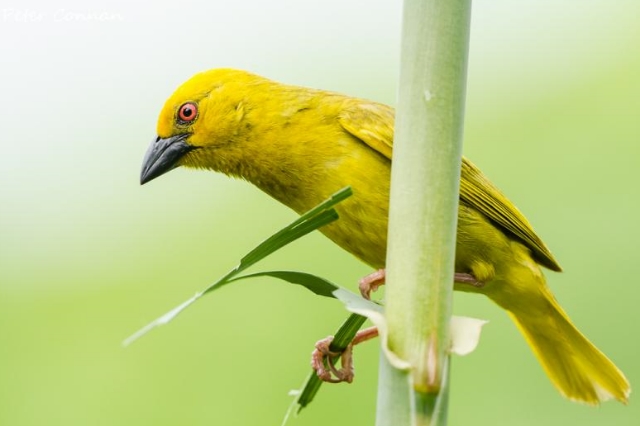 © Peter Connan
© Peter Connan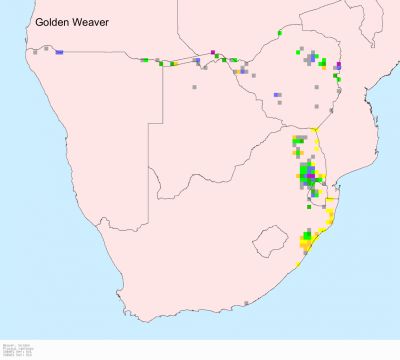
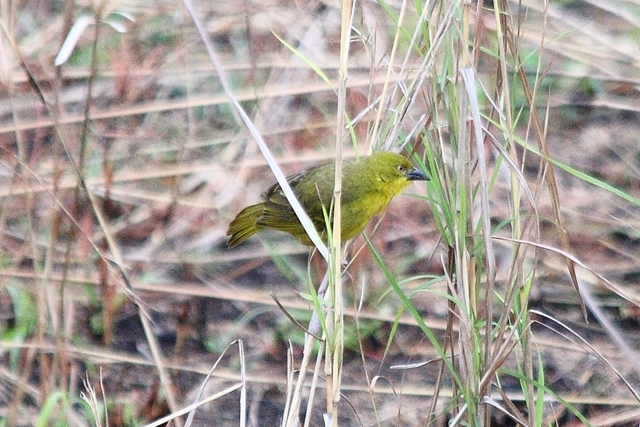 © Flutterby
© Flutterby